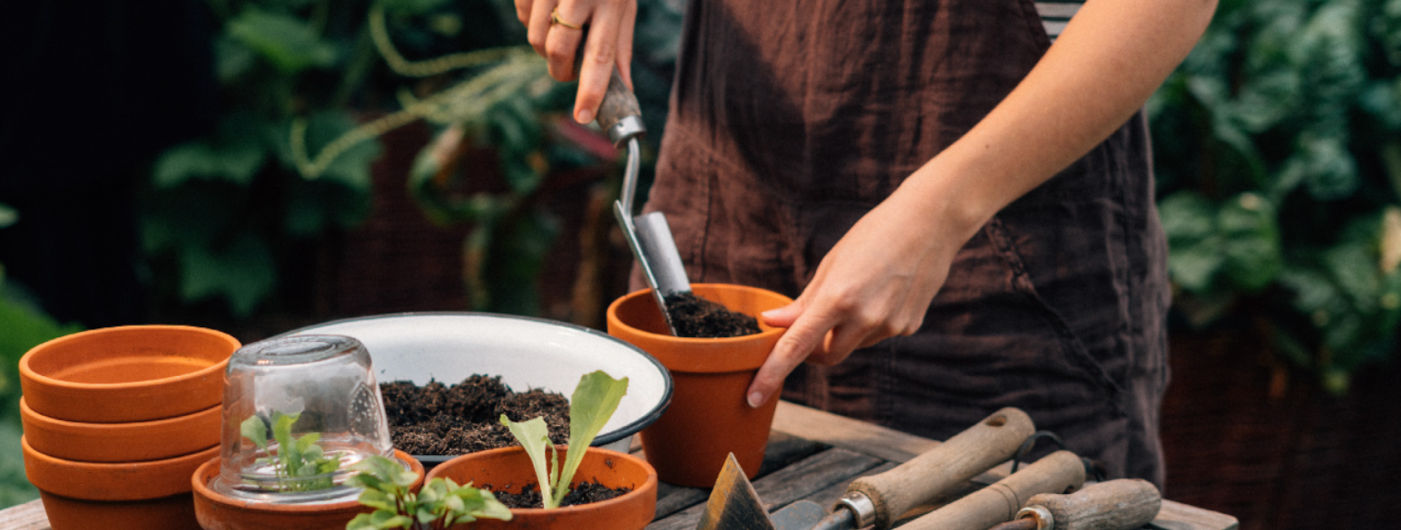The never-ending veg plot – how you can be harvesting all year round
Introduction: more harvest, less effort
Imagine your garden being full of fresh vegetables all year round – from crunchy spring radishes through to tasty kale in winter. With the right planning you can design your vegetable patch so you can be harvesting just about every season of the year.
The secret? A continuous planting plan, good crop rotation and effective plant combinations.
The never-ending veg plot is a concept you can apply anywhere, whether you’re growing in a raised bed, a traditional vegetable patch or a balcony garden.
Why a never-ending veg plot makes sense
- Many gardeners leave their vegetable beds empty after the main harvest is done – which means that space is effectively being wasted.
- With continuous planting you’re using the space you have more effectively – and you can be harvesting fresh food all year round.
- Planning your sowings carefully will help to prevent soil depletion, reduce pests and keep the soil fertile over the long term.
Read on to find out:
- Which plants you can grow when
- How to divide your veg plot into seasons
- Smart strategies for continuous harvesting
- Practical growing plans and mixed cropping tips

A never-ending plot is a veg patch that’s never left empty. Three key principles will help you achieve this:
- Staggered (or succession) sowing – additional sowings of the same plant at staggered intervals
- Mixed cropping & crop rotation – effectively combining different plant families
- Preparing for winter – Using autumn and overwintering crops
With these strategies you can make maximum use of your growing space, so that it remains productive through all seasons of the year.
Every season brings its own challenges – but brings growing opportunities, too. Here’s an overview of which plants grow when in your veg garden.
| Season | Plant type | Typical vegetables |
|---|---|---|
| Spring (March–May) | Fast-growing early crops | Radish, spinach, spring onions, early lettuce |
| Summer (June–August) | Warmth-loving plants | Beans, courgettes, carrots, beetroot, kohlrabi |
| Autumn (September–November) | Late sowing for autumn and winter harvest | Lamb’s lettuce, winter spinach, Chinese cabbage, winter kohlrabi |
| Winter (December–February) | Overwintering crops | Kale, brussels sprouts, garlic, winter onions |
There are many plants you can sow multiple times during the year – including spinach, radish, rocket salad and Asian salad greens.

1. Staggered or succession sowing – for a continuous harvest
Instead of sowing all your seed at once, you sow smaller amounts every two to three weeks.
What this means when you’re in the garden:
- While weeding you spot a gap in the veg plot – perfect for a new row of lettuces!
- While you’re harvesting the last radishes, sow more radishes straight away.
- You can be sowing small amounts in the garden day by day, instead of starting everything at once.
2. Mixed cropping – teamwork for veg
A well-planned veg patch combines plants that are mutually supportive.
| Main crop | Good neighbours | Bad neighbours |
|---|---|---|
| Beans | Radish, lettuce, cabbage | Onions, garlic |
| Carrots | Leek, onion, spinach | Dill, parsley |
| Lettuce | Kohlrabi, beetroot, strawberries | Parsley |


3. Winter preparation – for a veg plot that’s never empty
With the right plants you can still be harvesting fresh veg even in winter
- Crops for harvesting in autumn: lamb’s lettuce, winter spinach, rocket salad
- Frost-hardy veg for storing: kale, brussels sprouts, parsnips
- Plants for overwintering: garlic, winter onions, field beans
A fleece or polytunnel can extend the harvesting period, too.
Here’s a sample plan for a plot that will produce veg all year round.
| Month | First planting (March–May | Next crop (June–August) | Late sowing (September–November) | November) Overwintering & harvest (December–February) |
|---|---|---|---|---|
| March | Radish, spinach, leaf lettuce | - | - | - |
| July | - | Late carrots, beetroot, kohlrabi | Sow kale, brussels sprouts | - |
| November | - | - | - | Winter crops still growing |
| December – February | - | - | - | Harvesting kale, brussels sprouts, lamb’s lettuce, winter kohlrabi |
- Work compost directly into the ground to maintain soil nutrient levels
- Mulch, don’t dig – retains moisture, reduces weeds
- Use raised beds or tubs – space-saving and flexible
- Include flowering plants – marigold and nasturtium keep pests at bay
- Regular succession sowing – start something new every week
Summary: a never-ending veg plot is easier than you think
Easy first steps for beginners:
- Start small: Get started by sowing some lettuces or radishes every couple of weeks.
- Plan according to your space: A raised bed will need a different plan from a large garden veg plot.
- Use calendars and reminders: Make a note of when you plan to sow something next – this helps ensure continuity.
With succession sowing, mixed cropping and an annual growing plan you can be using your vegetable plot all year round.

